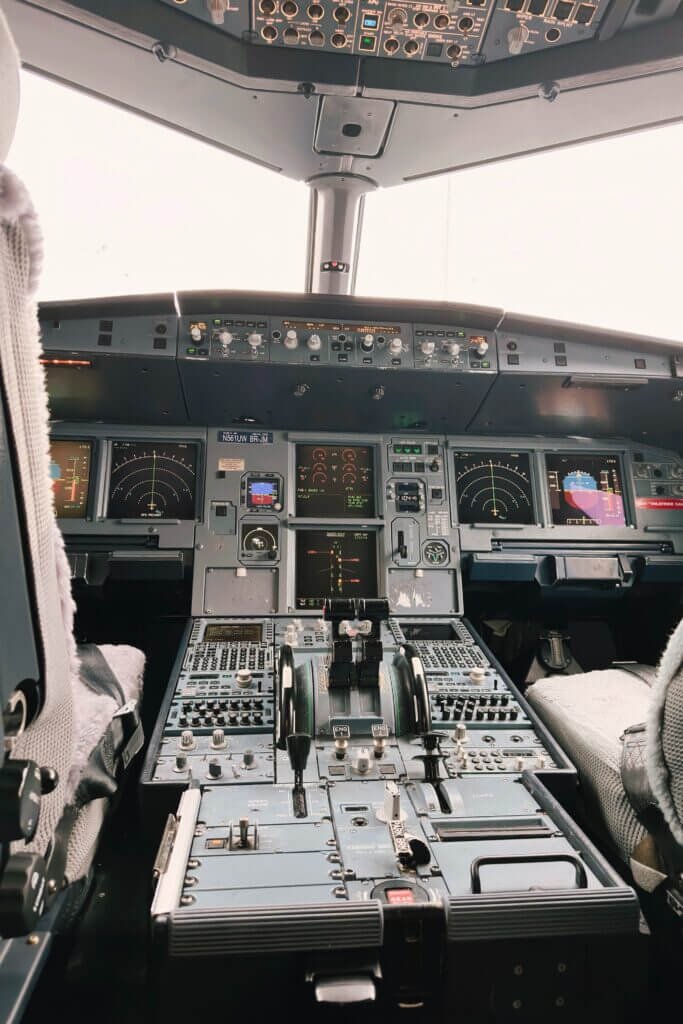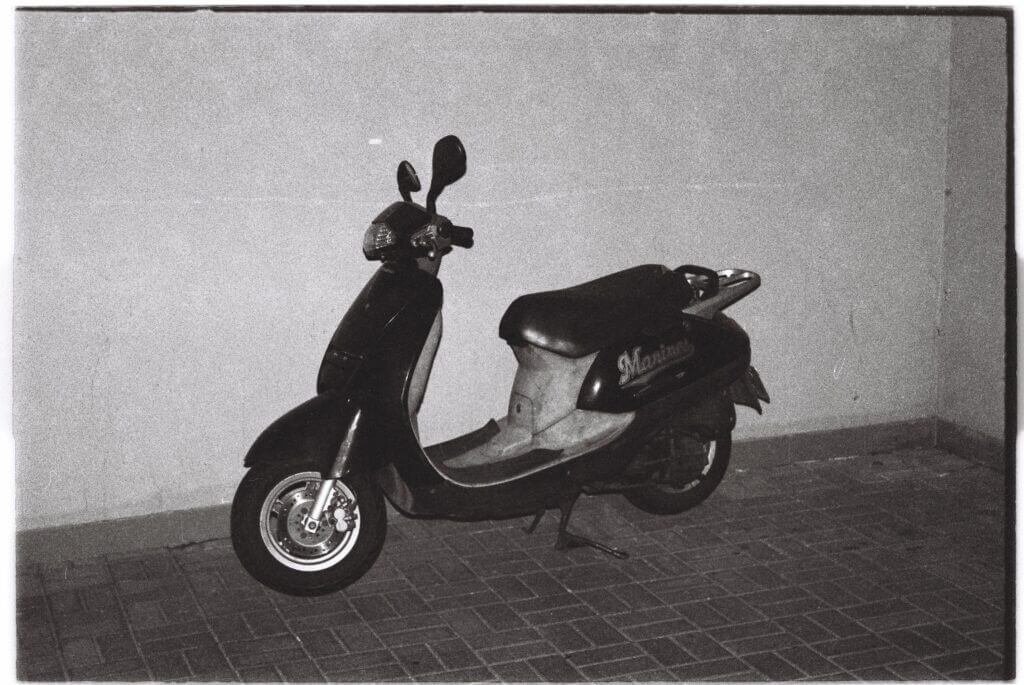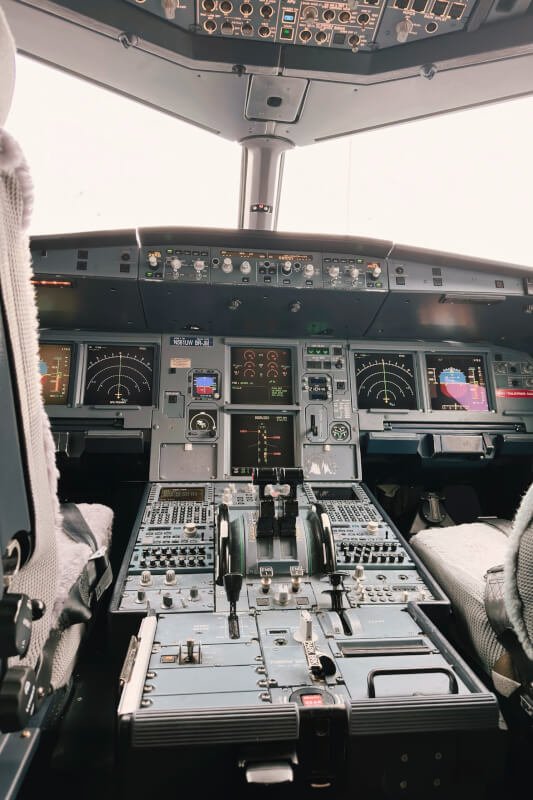Have you ever wondered how RC helicopters and quadcopters manage to fly so effortlessly through the air? It’s quite fascinating! In this article, we will explore the workings behind these miniature flying machines, uncovering the secrets of their flight mechanisms, and shedding light on the incredible technology that allows them to soar through the skies with such grace and precision. So, fasten your seatbelts and prepare for an exhilarating journey into the captivating world of RC helicopters and quadcopters!

RC Helicopters
History
RC helicopters have a rich history that dates back to the early 20th century. The first radio-controlled helicopter was flown in the 1930s by a French inventor named Etienne Oemichen. However, it was not until the 1960s that RC helicopters started gaining popularity.
Design
RC helicopters are designed to mimic the appearance and flight capabilities of real helicopters. They typically consist of a fuselage, rotor blades, a tail rotor, and landing gear. The fuselage houses the main components of the helicopter, including the control system and power source.
Controls
Controlling an RC helicopter requires a transmitter, which is held by the pilot. The transmitter sends signals to the helicopter through radio waves, allowing the pilot to maneuver the aircraft. The controls typically include a joystick or control sticks for adjusting the throttle, pitch, roll, and yaw.
Power Source
RC helicopters commonly use electric motors or internal combustion engines as their power source. Electric helicopters are powered by rechargeable batteries, providing a clean and efficient energy solution. On the other hand, internal combustion engines use a mixture of fuel and oil to generate power.
Flight Mechanism
RC helicopters achieve flight through the rotation of its rotor blades. By adjusting the pitch of the blades, the pilot can control the lift and thrust of the helicopter. The rotor blades spin at high speeds, creating the necessary downward force to lift the aircraft off the ground.
Stability
Maintaining stability is crucial for RC helicopters to ensure smooth flight. The stability of an RC helicopter is achieved through a combination of factors, including proper weight distribution, precise rotor blade control, and a well-balanced design. Gyroscopes and flight stabilization systems are often used to assist in achieving stable flight.
Flight Modes
RC helicopters offer different flight modes to cater to pilots of varying skill levels. Beginner mode, also known as “stability mode,” provides stability assistance and limited maneuverability, making it easier for novice pilots to learn the basics of helicopter flight. Advanced modes, such as 3D and acrobatic mode, allow experienced pilots to perform intricate maneuvers and stunts.

Quadcopters
Introduction
Unlike RC helicopters, quadcopters are multirotor aircraft with four propellers. They have gained significant popularity in recent years due to their versatility, stability, and ease of control. Quadcopters are widely used for various purposes, including aerial photography, videography, and recreational flying.
Theory of Flight
The theory of flight for quadcopters is based on the principle of aerodynamics. By manipulating the speed and direction of the propellers, quadcopters can achieve lift and maneuverability. The four propellers work together to create the necessary lift, allowing the aircraft to hover, ascend, descend, and change direction.
Design
Quadcopters consist of four arms, each equipped with a motor and propeller. The arms are arranged in a symmetrical pattern, forming a square or rectangular shape. The design allows for equal thrust distribution and stability during flight. The central control unit, typically located in the middle of the aircraft, serves as the brain of the quadcopter.
Controls
Controlling a quadcopter is done through a transmitter, similar to RC helicopters. The transmitter sends signals to the quadcopter, allowing the pilot to adjust the throttle and manipulate the flight controls. By adjusting the speed of the individual motors, the pilot can control the pitch, roll, and yaw of the quadcopter.
Power Source
Quadcopters can be powered by various sources, including batteries and fuel cells. However, the most common power source for consumer-grade quadcopters is rechargeable lithium-polymer (LiPo) batteries. These batteries provide sufficient power for extended flight durations while being lightweight.
Flight Mechanism
Quadcopters achieve flight by manipulating the four propellers’ speed and direction. By increasing the speed of the propellers on one side and decreasing the speed on the other side, the quadcopter can roll, allowing for sideways movement. Adjusting the speed of the front and back propellers enables the quadcopter to pitch, while changing the speed of opposite pairs of propellers enables yaw control.
Stability
Quadcopters exhibit excellent stability due to their design and built-in stabilization systems. The four propellers working together ensure even distribution of lift, resulting in a balanced flight. Additionally, gyroscopes and accelerometer sensors are often used to measure the aircraft’s orientation, enabling the quadcopter to make rapid adjustments for stability.
Flight Modes
Similar to RC helicopters, quadcopters offer various flight modes to accommodate pilots of different skill levels. Beginner mode provides stability assistance and limits the aircraft’s maneuverability, making it ideal for novice pilots. Advanced modes, such as altitude hold, GPS mode, and follow-me mode, offer greater control and autonomy for experienced pilots.
Advantages
Quadcopters have several advantages over traditional RC helicopters. One significant advantage is their stability, thanks to the symmetric design and control algorithms. The four propellers provide redundancy, allowing a quadcopter to continue flying even if one motor fails. Additionally, quadcopters are generally easier to fly and require less skill to operate effectively.
Applications
Quadcopters are incredibly versatile and have a wide range of applications. Aerial photography and videography are among the most common uses, as quadcopters can be equipped with high-quality cameras to capture stunning aerial shots. They are also used for surveillance, search and rescue operations, agriculture, and even package delivery in some cases.
In conclusion, RC helicopters and quadcopters differ in their design, flight mechanisms, and applications. RC helicopters mimic the functionality of real helicopters, while quadcopters utilize symmetrical multirotor designs for stability and versatility. Both aircraft offer various flight modes to cater to pilots of different skill levels. Whether you prefer the more traditional RC helicopter or the modern quadcopter, both provide an exciting and enjoyable flying experience.



